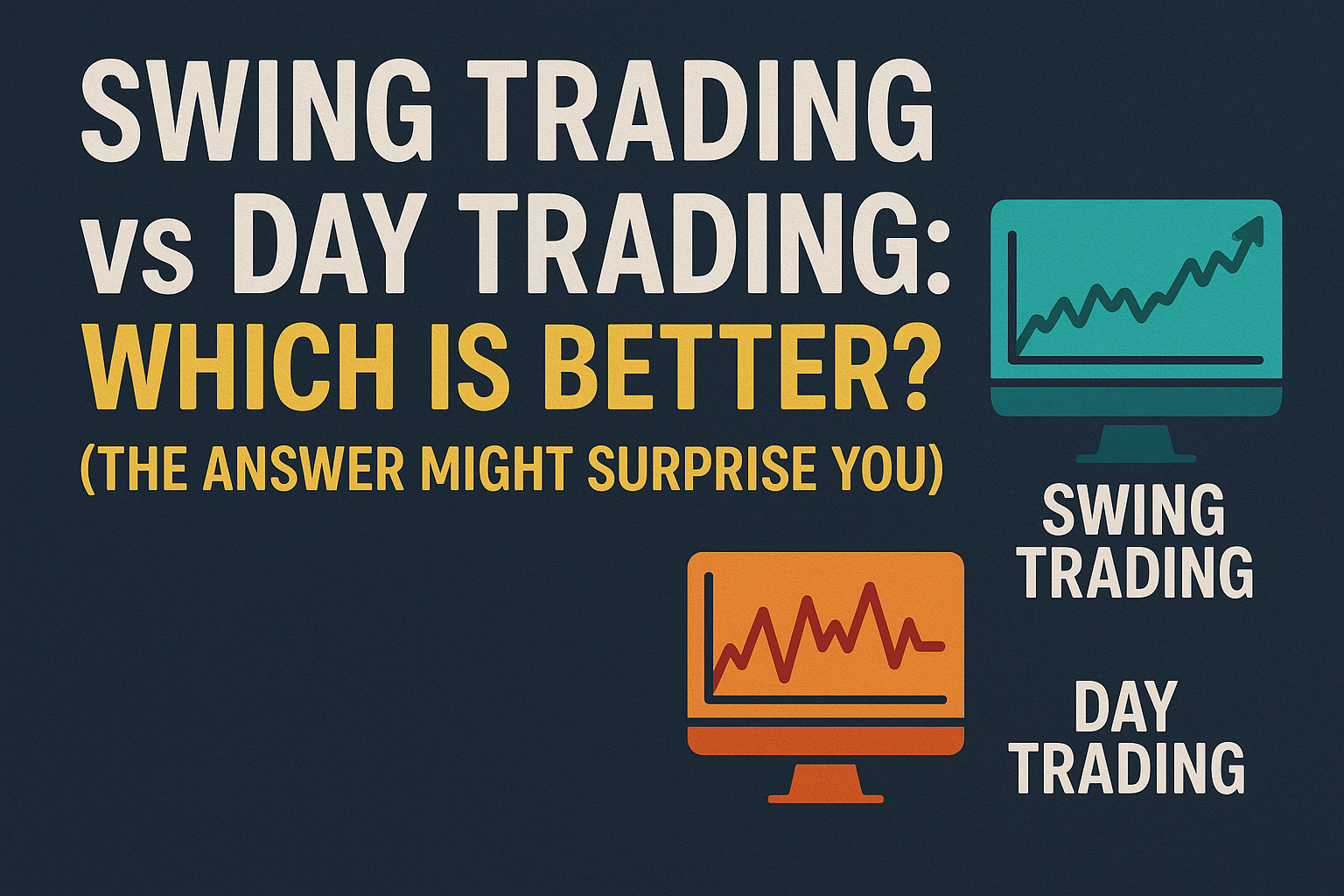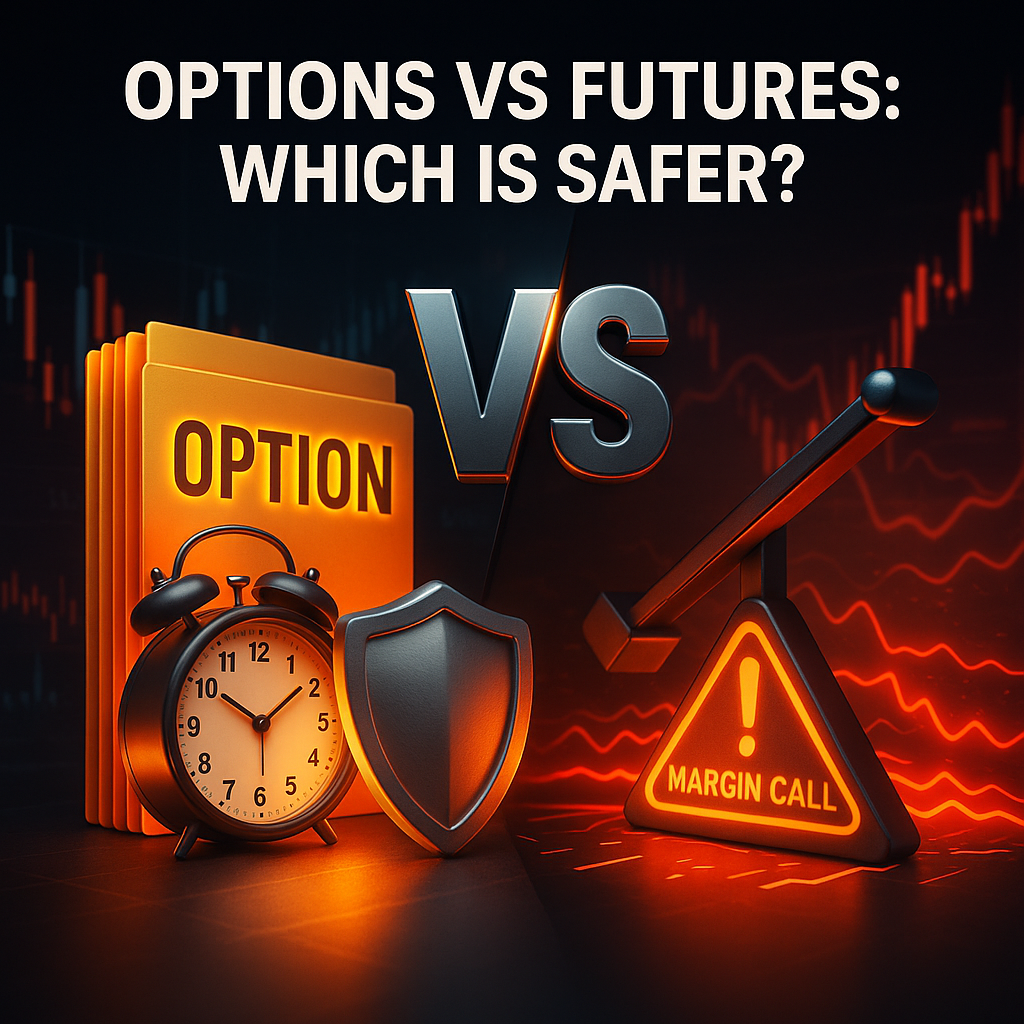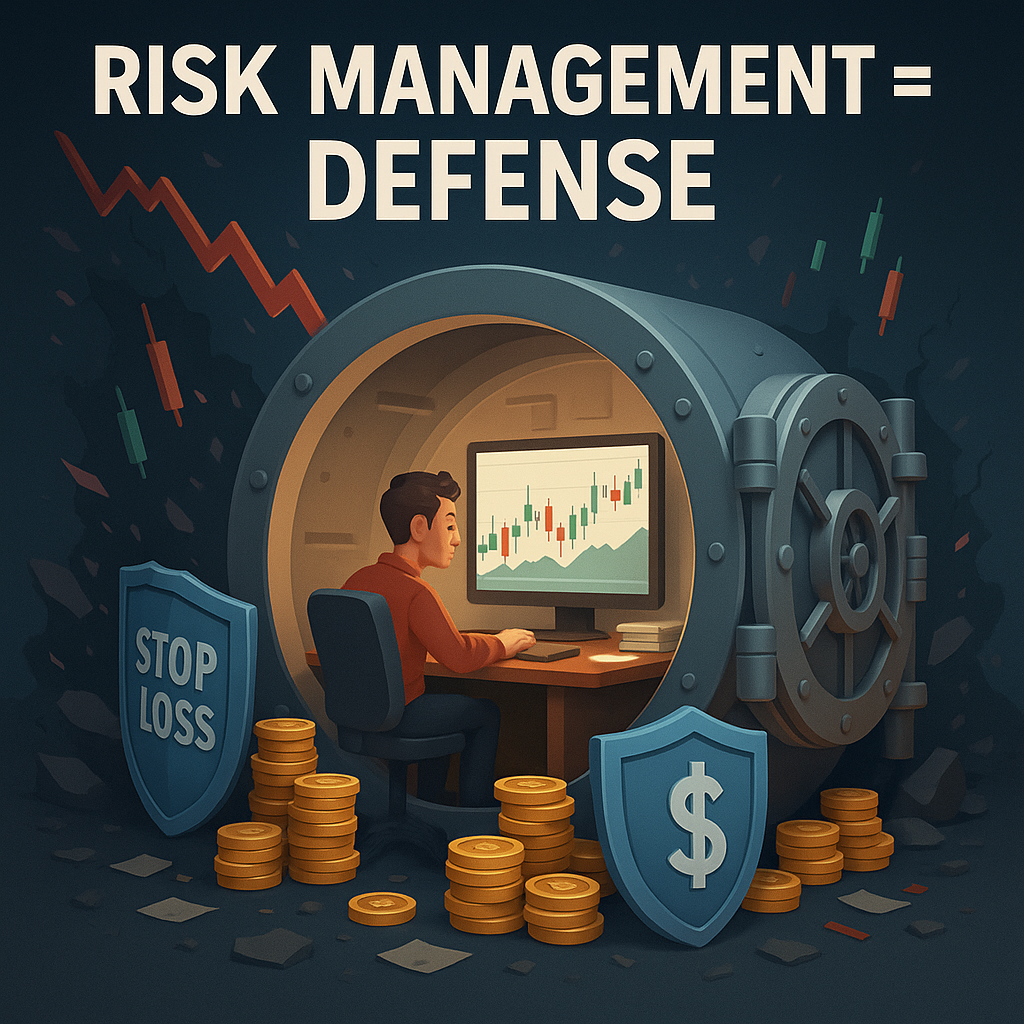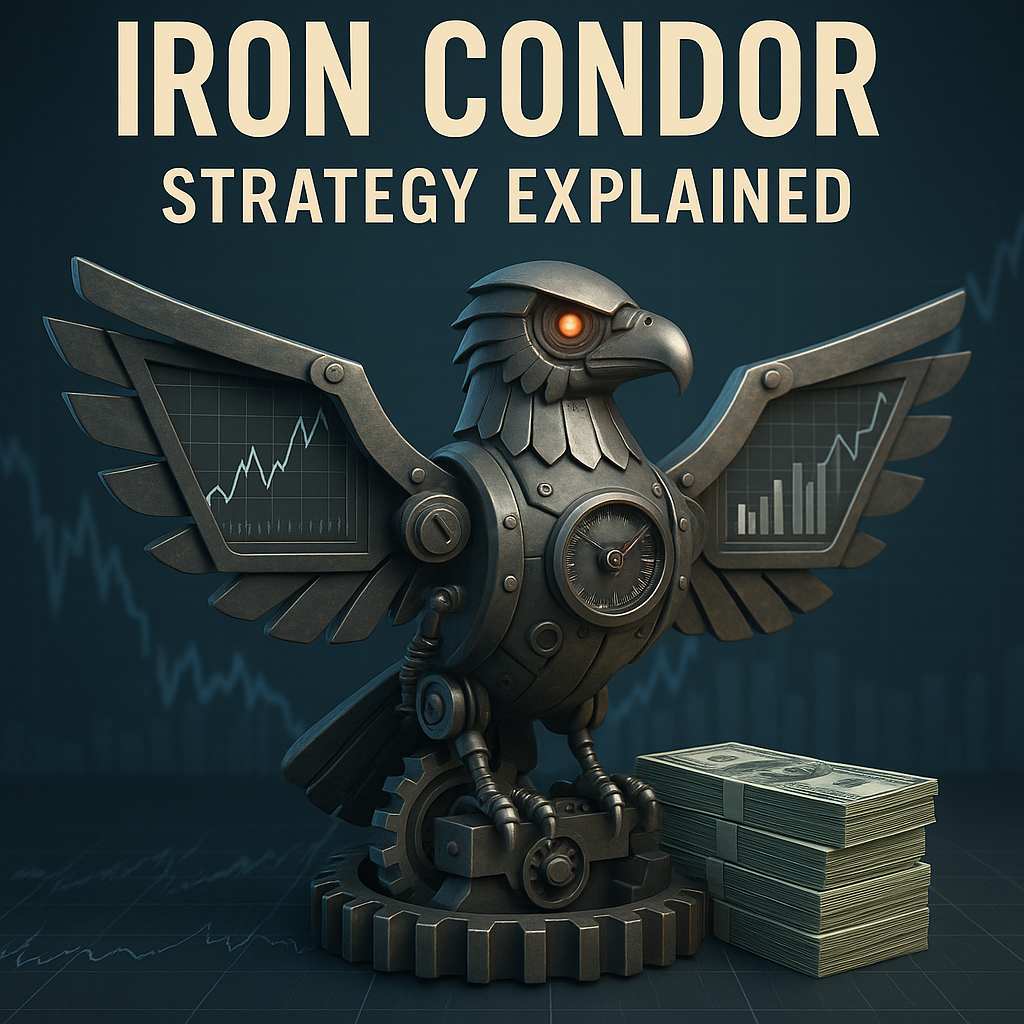Okay, let’s settle this once and for all. I’ve been both a day trader and a swing trader, and I’m about to save you years of expensive trial and error. Everyone wants to know whether they should be glued to their screens all day scalping for pennies or holding positions for days while sipping margaritas on the beach. The truth? Most people are asking the wrong question entirely.
I remember sitting in my underwear at 4 AM, chugging my third Red Bull, watching pre-market action like my life depended on it. That was my day trading phase. Made $500 one day, lost $700 the next, and slowly watched my hair turn gray at 28. Then I discovered swing trading and thought I’d found the holy grail – until I held a position through earnings and watched three weeks of gains evaporate in after-hours trading.
Here’s what nobody tells you: the “which is better” debate is like asking whether a hammer or a screwdriver is the better tool. It depends on what you’re trying to build, how much time you have, and honestly, what kind of person you are. Some people thrive on the adrenaline of day trading. Others (like me after burning out) prefer the slightly less insane pace of swing trading. Let me break down what each style really looks like when you’re actually doing it, not just reading about it in some textbook.
Day Trading: The Real Truth Nobody Wants to Tell You
Let’s start with day trading because that’s what everyone thinks they want to do. You’ve seen the YouTube thumbnails – “I Made $10,000 in ONE DAY!” Yeah, what they don’t show you is the 47 days before that where they lost money or barely broke even.
What Day Trading Actually Looks Like
My typical day trading morning used to start at 3:45 AM (I’m on the West Coast). Wake up, immediately check futures, scan for pre-market movers, read through news that dropped overnight. By 5:30 AM, I’d have my watchlist ready and levels marked. Then from 6:30 AM to 1:00 PM, I’m literally glued to my screens. And I mean literally – I once peed in a bottle because I didn’t want to miss a setup. Not my proudest moment.
You’re watching multiple charts, Level 2 data, time and sales, scanning for setups, managing positions, all while trying not to let emotions turn you into a complete degenerate gambler. It’s exhausting. After the market closes, you’re reviewing trades, preparing for tomorrow, and if you’re smart, trying to learn from your mistakes. By 6 PM, you’re mentally fried but too wired to sleep properly.
The successful day traders I know treat it like a full-time job because it is one. My buddy Mike has six monitors, pays $300/month for data feeds, and hasn’t taken a real vacation in three years because “the market doesn’t take days off.” He’s profitable, sure, but at what cost?
The Hidden Costs of Day Trading
Everyone talks about the $25,000 PDT rule, but that’s just the beginning. Here’s what day trading really costs:
Technology Setup: You need a solid computer (preferably two in case one crashes), multiple monitors, reliable high-speed internet with a backup connection, and a good chair because your ass will be planted in it for hours. Budget at least $3,000 for a decent setup.
Data and Software: Real-time data feeds, Level 2, scanning software, charting platform. I was paying about $200/month for ThinkorSwim, Trade Ideas scanner, and Bookmap. Some guys pay way more.
Commission Death by a Thousand Cuts: Even at $0.50 per options contract, if you’re making 10 round trips a day, that’s $10/day or $200/month just in commissions. Add in SEC fees, exchange fees, and you’re looking at real money.
The Learning Curve Tax: You will lose money while learning. I call it tuition. Budget at least $5,000 in losses for your first year, and that’s if you’re disciplined. Most people lose way more.
When Day Trading Actually Makes Sense
Despite all that negativity, day trading can work if:
You genuinely love staring at charts all day. Some people find it meditative. I found it stressful, but my friend Sarah says it’s like playing the world’s most expensive video game.
You have significant capital. With $100,000+, you can make meaningful money on small percentage moves. With $5,000, you need home runs just to cover your costs.
You’re unemployed or work from home with flexible hours. Trying to day trade with a full-time job is like trying to be a part-time brain surgeon.
You have the emotional control of a Buddhist monk. If you punch walls when you lose at Call of Duty, day trading will bankrupt you.
You’re in a good timezone. East Coast has it best – market opens at 9:30 AM, closes at 4 PM. Try living in Hawaii where the market opens at 4:30 AM. Brutal.
My Best Day Trading Strategies That Actually Worked
The Opening Range Breakout: First 30 minutes establishes a range. When price breaks above or below with volume, you ride the momentum. I’d risk $100 to make $200-300. Simple, effective, boring.
VWAP Bounce: When a strong stock pulls back to VWAP (Volume Weighted Average Price) and holds, that’s your entry. Works especially well on trending days. Made most of my money with this strategy.
Gap and Go: Stock gaps up on news, pulls back to support, then continues higher. You buy the first pullback after the gap. Works great until it doesn’t and you get stuck in a fade.
The 9:50 AM Reversal: Weird but true – a lot of morning moves reverse around 9:50-10:00 AM Eastern. Early traders take profits, new traders enter. I’d fade strong moves at this time with tight stops.
Swing Trading: The “Lifestyle Business” of Trading
Now let’s talk about swing trading, which is what I primarily do now because I value my sanity and my marriage. Swing trading is holding positions anywhere from 2 days to 2 weeks, catching larger moves without the minute-by-minute stress.
A Day in the Life of a Swing Trader
Here’s my actual routine now as a swing trader: Wake up at a normal human hour (7 AM). Check my positions over coffee – not frantically, just seeing where things are. Spend maybe 30 minutes before market open reviewing charts, checking news, setting alerts.
During market hours? I might check in 3-4 times throughout the day. Set stop losses and profit targets, then go live my life. I went surfing last Tuesday while holding five positions. Try doing that as a day trader.
Evenings are for research – scanning for new setups, reviewing weekly charts, studying sectors. But it’s relaxed. I can do it with Netflix on in the background. Total time commitment? Maybe 2 hours per day, and that’s being generous.
The Swing Trading Reality Check
But don’t think swing trading is all beaches and passive income. Here’s what sucks about it:
Overnight Risk: The number of times I’ve gone to bed with a nice profit only to wake up to a gap down because some CEO tweeted something stupid… it’s maddening. I once held Boeing calls over a weekend. Monday morning: “737 Max Has Another Issue.” There went $2,000.
Patience Required: Watching a position go nowhere for a week tests your patience. Day traders get instant gratification (or instant pain). Swing traders sit there watching paint dry, questioning if their analysis was wrong.
FOMO is Real: You’ll spot a perfect day trading setup but can’t take it because you’re already positioned for a swing trade. Watching quick money pass by is tough psychologically.
News Can Wreck You: Holding through unexpected news is part of the game. Fed randomly speaks, sector rotation happens, analyst downgrade out of nowhere – boom, your thesis is toast.
The Sweet Spot Swing Trading Setups
The Flag Pattern Special: Stock runs up hard, consolidates sideways for 3-5 days in a tight range (the flag), then breaks higher. I buy the breakout with a stop under the flag low. Win rate: about 65%.
Moving Average Bounce: On the daily chart, strong stocks often bounce off the 20 or 50-day moving average. Buy the bounce, stop below the MA, target previous highs. Boring but effective.
Earnings Run-Up Play: Many stocks run up into earnings. I buy 2-3 weeks before earnings and sell the day before. Never hold through the actual announcement. This has been my bread and butter strategy.
The Weekly Squeeze: When Bollinger Bands squeeze tight on the weekly chart, a big move is coming. I position for the breakout and hold for the expansion. These trades often run for 2-3 weeks.
Options Strategies for Swing Trading
This is where swing trading really shines for options traders. Day trading options is tough because of wide spreads and theta decay. But swing trading with options? Chef’s kiss
The Swing Trade Special: Buy calls or puts with 30-45 days to expiration. Gives you time for the move to play out without getting destroyed by theta. I typically aim for 40-50% profit in 5-10 days.
Poor Man’s Covered Call for Swings: Buy a 60-90 day call, sell weekly calls against it while the swing plays out. Double-dipping on premium while waiting for your target.
The Diagonal Spread: Like a PMCC but specifically for swing trades. Buy a call 2-3 months out, sell a call 2-3 weeks out at a higher strike. If the stock moves up slowly, you profit from both the directional move and theta decay.
The Brutal Honest Comparison
Let me break this down in real terms, not theoretical BS:
Money Making Potential
Day Trading: You can theoretically make more money day trading. Key word: theoretically. I know day traders making $500-1,000 daily. I also know day traders living in their mom’s basement after blowing up their third account.
With a $30,000 account, a good day trader might make $500-1,500 per day. Sounds amazing until you realize that’s maybe 60% of days. The other 40% you’re losing money or scratching. Real expectation: $3,000-5,000 per month if you’re good. Most aren’t good.
Swing Trading: Less potential for quick gains but more consistent. With the same $30,000, you might make $2,000-4,000 per month, but with way less stress and time commitment. Plus, you can actually have a job while swing trading.
Lifestyle Impact
Day Trading: Say goodbye to your social life between 6:30 AM and 1 PM (Pacific time). Forget vacations unless the market’s closed. Constant stress. I gained 20 pounds my first year day trading from stress eating and sitting all day.
Swing Trading: Check positions twice a day. Take vacations (with stop losses set). Actually sleep through the night. I lost those 20 pounds once I switched to swing trading and had time to exercise again.
Learning Curve
Day Trading: Steeper learning curve. You need to master technical analysis, Level 2 reading, tape reading, order flow, market psychology, and have reflexes like a fighter pilot. Most people need 1-2 years to become consistently profitable, if ever.
Swing Trading: Still challenging but more forgiving. You have time to think about decisions. One bad entry won’t destroy your day. I’d say 6-12 months to proficiency if you’re dedicated.
Capital Requirements
Day Trading: Minimum $25,000 for PDT rules, but really you need $50,000+ to make it worthwhile. Plus another $3,000-5,000 for technology and education.
Swing Trading: Can start with $2,000 if using options. $10,000 is comfortable. Don’t need expensive equipment – I swing trade from my phone half the time.
The Hybrid Approach (What I Actually Do Now)
Here’s the plot twist – you don’t have to choose just one. After years of doing both, I’ve developed a hybrid approach that takes the best of both worlds.
Core and Explore Strategy
80% of my capital goes into swing trades – these are my “core” positions. Stuff I’ve researched thoroughly and have strong conviction on. These might be stocks bouncing off major support or sectors showing relative strength.
The other 20%? That’s my “explore” capital for day trades. But here’s the key – I only day trade when I see A+ setups. Not B+ setups, not “maybe this could work” setups. Only the cream of the crop. Maybe 2-3 times per week max.
This way, I’m not forcing trades just because the market’s open, but I’m also not missing obvious opportunities when they present themselves.
The Options Allocation Method
For options trading, I’ve got an even better system:
- 40% in swing trade options (30-60 day expiration)
- 30% in PMCC/diagonal spreads (these are like swing trades on steroids)
- 20% in day trade options (0-7 DTE)
- 10% in cash for opportunities
This allocation keeps me diversified across timeframes and strategies. If my day trades suck one week, my swing trades might be killing it. Balance.
Time-Based Trading
Another approach: day trade the first and last hour of the market (when most moves happen), swing trade the rest. From 9:30-10:30 AM and 3:00-4:00 PM Eastern, I’m watching for day trading setups. The rest of the day is for managing swings and research.
This gives you the excitement of day trading without the all-day marathon. Plus, these are statistically the most volatile times, so you’re fishing when the fish are biting.
Which One Should YOU Choose?
Alright, let’s get practical. Here’s how to figure out which style fits you:
You Should Day Trade If:
- You have $25,000+ in risk capital (not your kids’ college fund)
- You can dedicate 6+ hours during market hours
- You thrive under pressure and make quick decisions well
- You’re naturally disciplined and can follow rules religiously
- You enjoy constant action and get bored easily
- You’re willing to treat this as a full-time job
You Should Swing Trade If:
- You have a day job you can’t or don’t want to quit
- You have between $2,000-25,000 in capital
- You prefer thoughtful analysis over quick reactions
- You want trading to complement your life, not consume it
- You’re patient and can handle watching positions for days
- You value work-life balance
You Should Do Both If:
- You have $50,000+ in capital
- You’ve been trading for at least a year successfully
- You can compartmentalize different strategies
- You have excellent risk management skills
- You want to maximize opportunities across timeframes
You Should Do Neither If:
- You’re trying to get rich quick (go buy lottery tickets)
- You can’t handle losing money
- You have an addictive personality
- You’re in debt or living paycheck to paycheck
- You think this is easy money
My Personal Evolution and Advice
Let me share how my own trading journey evolved, because it might help you skip some painful lessons.
Started day trading in 2018 with $10,000. First month: made $2,000 and thought I was God’s gift to trading. Second month: lost $4,000 and realized I was actually an idiot. Spent the next year grinding, learning, losing, winning, mostly losing. By year two, I was consistently profitable but miserable. Making $4,000 per month but working 60-hour weeks glued to screens.
Switched to swing trading in 2020 when COVID hit and volatility went insane. Day trading became too stressful – gaps were massive, moves were unprecedented. Swing trading let me catch bigger moves with less screen time. First swing trade: bought airline stocks after the crash, held for three weeks, made 150%. I was hooked.
Now I do both, but swing trading pays the bills while day trading is just for fun money. If I had to choose only one, it’d be swing trading hands down. Better lifestyle, less stress, still good money.
My advice? Start with swing trading. Learn to identify good setups, manage risk, control emotions. Once you’re consistently profitable for six months, then maybe try day trading if you still want to. Most people who start with swing trading never feel the need to day trade because they realize the extra stress isn’t worth the potential extra profit.
But here’s the real secret – the best traders I know aren’t married to any one style. They adapt to market conditions. When volatility is high, they might day trade more. When trends are strong, they swing trade. When markets are choppy, they might sit in cash. Flexibility is the real edge.
The Uncomfortable Truth About Both
Here’s what the trading educators selling courses won’t tell you: 90% of traders lose money regardless of whether they day trade or swing trade. The style isn’t what makes you profitable – it’s discipline, risk management, and psychological control.
I’ve seen day traders blow up accounts in hours and swing traders bleed out over months. The timeframe doesn’t matter if you’re revenge trading, oversizing positions, or ignoring stop losses.
Success in either style requires:
- A tested, proven strategy (not just “buying when it looks good”)
- Strict risk management (never risk more than 1-2% per trade)
- Emotional control (harder than it sounds)
- Continuous learning (markets evolve, so must you)
- Realistic expectations (you’re not making millions your first year)
The best trader I know is a swing trader who makes $15,000 per month with a $200,000 account. That’s “only” 7.5% monthly returns, but it’s consistent and sustainable. The worst trader I know day trades with $500,000 and is still down overall after five years because he can’t control his emotions.
Your Action Plan Starting Tomorrow
Whether you choose day trading, swing trading, or both, here’s your roadmap:
Week 1-2: Education and Observation
- Pick one style to focus on initially
- Watch the market without trading
- Paper trade to learn your platform
- Read one good book on your chosen style
Week 3-4: Small Position Testing
- Start with 25% of intended position sizes
- Focus on process, not profits
- Journal every trade with entry/exit reasoning
- Review trades every weekend
Month 2-3: Refinement
- Identify what’s working and what isn’t
- Increase position size to 50% if showing consistency
- Develop your personal trading rules
- Set realistic monthly goals
Month 4-6: Scaling
- If profitable, scale to full position sizes
- If not profitable, go back to education phase
- Consider adding complementary strategies
- Build your trading business infrastructure
The Final Verdict
So which is better – swing trading or day trading? After doing both for years, here’s my honest answer: swing trading is better for 90% of people. It offers the best balance of profit potential, lifestyle flexibility, and stress management. You can make solid returns without sacrificing your sanity or your relationships.
Day trading is like dating a crazy person – exciting, intense, potentially rewarding, but probably going to end badly. Swing trading is like a stable relationship – less excitement day-to-day, but better for your long-term wealth and mental health.
But here’s the thing – you don’t need my opinion. Try both with small positions. See which one fits your personality, schedule, and goals. Some people genuinely love the intensity of day trading. Others (like me) prefer the measured pace of swing trading.
Just promise me this: whatever you choose, don’t go all-in immediately. Start small, learn the ropes, prove you can be profitable, then scale up. The market will still be there tomorrow, next week, and next year. There’s no rush to lose all your money quickly.
Remember, the goal isn’t to be the most active trader or make the most trades. It’s to make money consistently while maintaining a life worth living. Whether that’s through 100 trades per day or 10 trades per month doesn’t matter. What matters is that your account is growing and you’re not losing your mind in the process.



